Wild Animals in Sunderban National Park
Nestled within the captivating embrace of the Sundarbans National Park lies a unique and enchanting wildlife sanctuary. This biodiverse haven boasts an extensive mangrove ecosystem, providing a rich habitat for a myriad of species. Notably, the park takes pride in being the home of the legendary Bengal tigers, making it a premier attraction for wildlife enthusiasts.
Surrounded by sprawling mangroves, Sundarbans National Park is a haven for a diverse array of fauna, including crabs, fish, and reptiles. The park’s landscape is a thriving habitat for rare and captivating species such as flying foxes, pangolins, and macaques, offering visitors a rare opportunity for close encounters with these remarkable creatures.
Beyond these extraordinary residents, Sundarbans is a sanctuary for various other wildlife, such as wild boars, foxes, jungle cats, and common grey mongooses. The park stands as a refuge for species that have vanished from many other corners of the world. For avid bird enthusiasts, Sundarbans National Park is an ideal destination to explore and study avifauna in its natural habitat.
Predators – 42 species
Reptiles – 55 species
Aquafauna – 170 species
Avifauna – 270 species
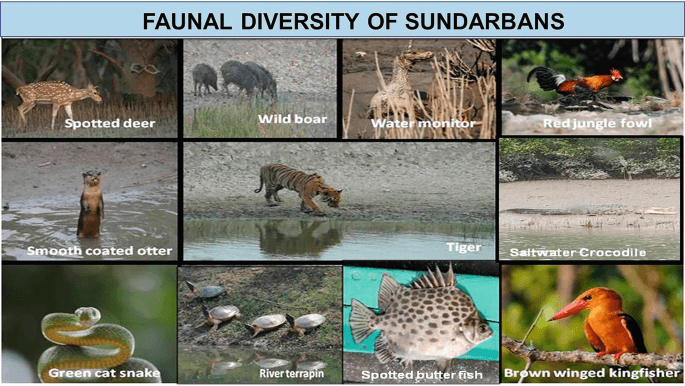
Here’s an overview of the various categories of fauna found in Sundarbans National Park:
Predators: Sundarbans National Park is synonymous with Bengal tigers (Panthera tigers). Apart from hosting over 500 Bengal tigers, the park provides a habitat for various predator species, including leopards (Panthera pardus), jungle cats (Felis chaus), fishing cats (Prionailurus viverrinus), leopard cats (Prionailurus bengalensis), saltwater crocodiles (Crocodylus porosus), mugger crocodiles (Crocodylus palustris), gharials (Gavialis gangeticus), and water monitor lizards (Varanus salvator).
Additional Information: The mangrove forests of Sundarbans National Park share their territory with one of the largest UNESCO biosphere reserves dedicated to conserving endangered fauna. The park is home to more than 400 Bengal tigers, with an astonishing population density of about 12 tigers per 100 square meters.
Reptiles: Sundarbans National Park boasts a wide range of reptile species, including green vine snakes (Ahaetulla nasuta), olive ridley turtles (Lepidochelys olivacea), dog-faced snakes (Cerberus rynchops), green turtles (Chelonia mydas), Indian black turtles (Melanochelys trijuga), estuarine crocodiles (Crocodylus porosus), chameleons (Chamaeleonidae), king cobras (Ophiophagus hannah), Salvator lizards (Varanus indicus), Russell’s vipers (Daboia russelii), mouse geckos (Eublepharis macularius), hawksbill turtles (Eretmochelys imbricata), monitor lizards (Varanus), rat snakes (Chordata), checkered keelbacks (Fowlea piscator), pythons (Python molurus), sea snakes (Hydrophis ornatus), and common kraits (Hydrophis ornatus).
Additional Information: Due to the prevalence of snakes in the area, it’s highly advisable to take precautions and carry a first aid kit when observing reptiles in the park.
Avifauna: Sundarbans National Park is a paradise for bird enthusiasts, offering a haven for numerous bird species. Lucky visitors might spot more than 200 bird species during their visit. Some of the rare species include the endemic brown-winged kingfishers (Pelargopsis amauroptera), lesser adjutants (Leptoptilos javanicus), white-bellied sea eagles (Haliaeetus leucogaster), grey-headed fish eagles (Ichthyophaga ichthyaetus), masked finfoots (Heliopais personata), and ospreys (Pandion haliaetus).
If you choose to embark on a safari ride, you’ll have the chance to witness a diverse array of native birds in the park, including open-billed storks (Anastomus oscitans), Caspian terns (Hydroprogne caspia), pariah kites (Milvus migrans govinda), brahminy kites (Haliastur indus), marsh harriers (Circus aeruginosus), swamp partridges (Ortygornis gularis), red junglefowl (Gallus gallus), black-headed ibis (Threskiornis melanocephalus), water hens (Amaurornis phoenicurus), coots (Fulica), pheasant-tailed jacanas (Hydrophasianus chirurgus), common kingfishers (Alcedo atthis), curlews (Numenius), peregrine falcons (Falco peregrinus), woodpeckers (Picidae), black-tailed godwits (Limosa limosa), common snipes (Gallinago gallinago), paradise flycatchers (Persephone paradisi), wood sandpipers (Tringa glareola), green pigeons (Treron), rose-ringed parakeets (Psittacula krameri), cormorants (Phalacrocoracidae), and white-bellied sea eagles (Haliaeetus leucogaster).
Additional Information: To maximize your bird-watching experience, consider visiting after the monsoon season when bird sightings are particularly abundant.
Aquafauna: Sundarbans is renowned for its mangrove surroundings, including numerous creeks and rivers. The park is rich in aquafauna, with species such as common toads (Bufo bufo), silver carp (Hypophthalmichthys molitrix), barb (Barbus), river eels (Anguilla anguilla), starfish (Asteroidea), king crab (Lithodidae), fiddler crab (Uca), hermit crab (Paguroidea), sawfish (Pristidae), butterfish (Peprilus triacanthus), electric ray (Torpediniformes), common carp (Cyprinus carpio), prawn (Dendrobranchiata), shrimps (Caridea), Gangetic dolphins (Platenista gangetica), skipping frogs (Hypophthalmichthys molitrix), and tree frogs (Hylidae).
Sundarbans National Park truly offers a remarkable and diverse range of wildlife, making it a must-visit destination for nature enthusiasts and wildlife lovers alike.
Birds in Sunderban National Park
Sunderban National Park is home to approximately 248 bird species, including a significant influx of migratory birds from higher latitudes during the winter months. Among these avian inhabitants are herons, egrets, cormorants, storks, green pigeons, sandpipers, both large and small spoonbills, darters, seagulls, teal, partridges, and a wide variety of wild geese and ducks.
Successfully birdwatching in the Sundarbans National Park requires overcoming several challenges, primarily due to its rugged terrain and the limited visibility one experiences from a noisy boat.
The main species of birds in Sunderban national park are:
- Small Minivet
- Black-hooded Oriole
- Mangrove Whistler
- Cinnamon Bittern
- Swamp francolin
- Grey-headed fishing eagle
- Brown fish owl
- Osprey
- Purple Sunbird
- Pale-billed Flowerpecker
- Loten’s Sunbird
- Striated Babbler
- Striped Tit-Babbler
- Brown-cheeked Fulvetta
- Lemon-rumped Warbler
- Brown-winged kingfisher
- Purple heron, egrets
- Asian open bill stork
- Greater adjutant stork
- Black-capped kingfisher
- Asian dowitcher
- Northern eagle owl
- Common Woodshrike
- Gull-billed Tern
- Common Flameback
- Fulvous-breasted Woodpecker
- Peregrine falcon White-collared kingfisher
- Northern Pintail White-bellied sea eagle
- White ibis
- Black-necked stork
- Green-backed heron
- Pallas’s fish eagle, Scaly-breasted Munia
- Tree Pipit
- Yellow Wagtail
- Baya Weaver
- House Sparrow
- Purple Sunbird
- Pale-billed Flowerpecker
- Loten’s Sunbird
- Striated Babbler
- Striped Tit-Babbler
- Brown-cheeked Fulvetta
- Lemon-rumped Warbler
- Indian Scimitar Babbler
- Ashy Prinia
- Red-whiskered Bulbul
- Asian Pied Starling
- Blue-throated Flycatcher
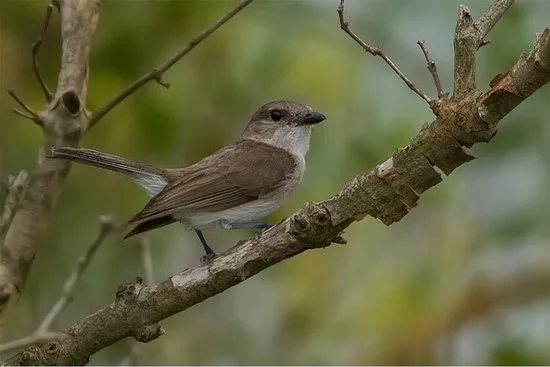
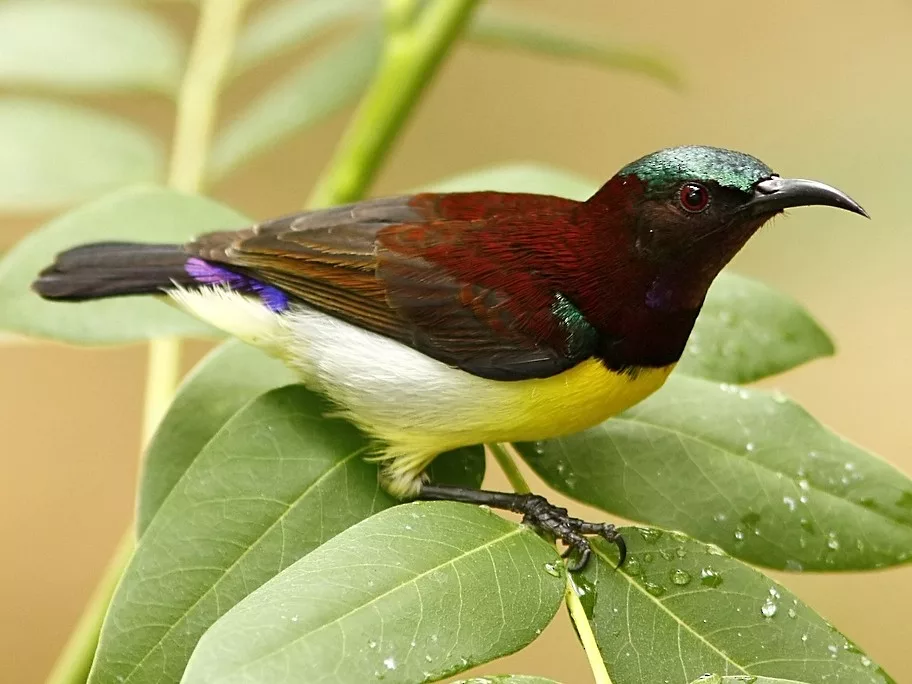
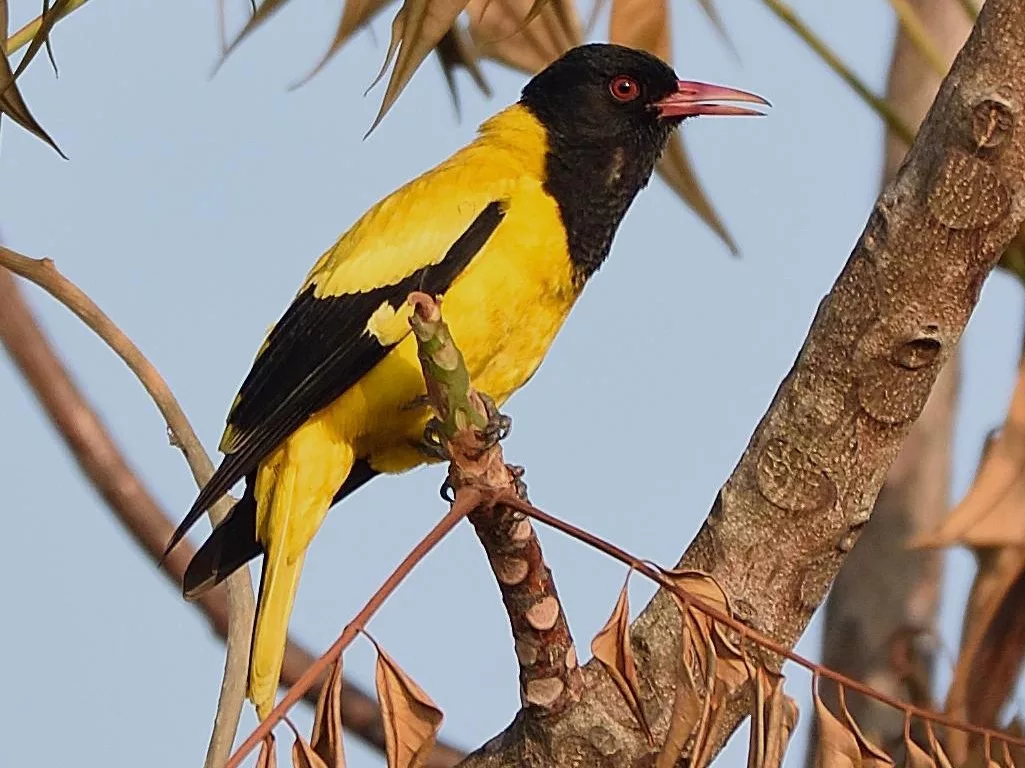
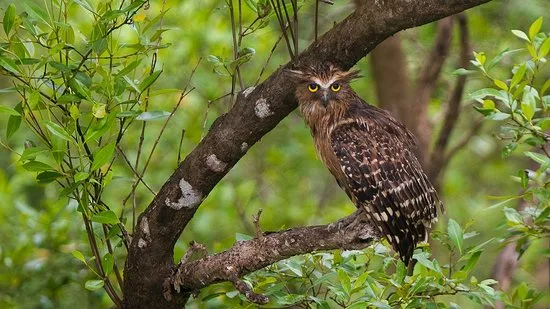
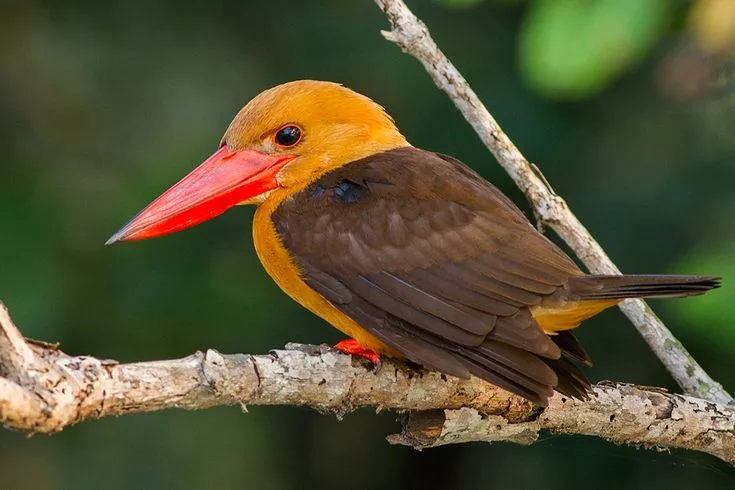
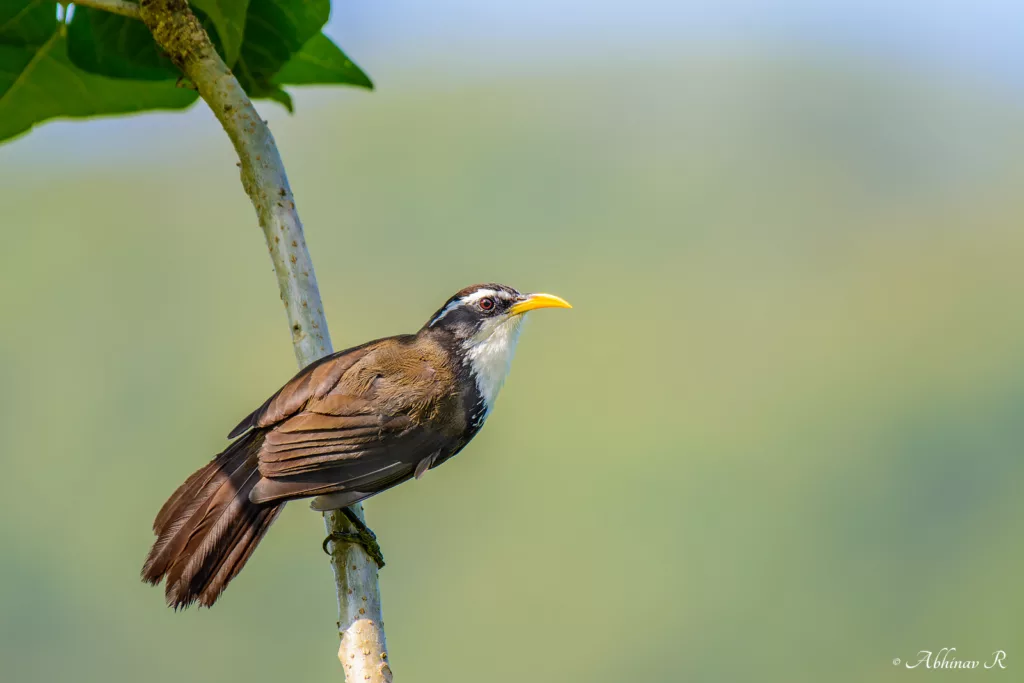
Conservation In Sundarban National Park –
The primary objectives and goals of Ryask Tourism are as follows:
- Facilitate Year-round Community Development through Tourism: Ryask Tourism is dedicated to fostering sustainable community development through tourism activities throughout the year.
- Preserve and Promote Local Nature and Culture: We are committed to the preservation of local nature, culture, and the promotion of ethnic art forms within the regions we operate.
- Safeguard Historical and Heritage Values: Ryask Tourism places a strong emphasis on the conservation and protection of historical and heritage sites, ensuring their cultural significance endures.
- Promote Eco-Tourism through Comprehensive Awareness Initiatives: We strive to advance eco-tourism by conducting a wide array of awareness programs, discussions, training sessions, fairs, festivals, exhibitions, workshops, and other events, all year round.
- Collaborate with Resorts, Hotels, NGOs, and Government Entities: We actively engage with resort and hotel organizations, as well as other non-governmental organizations, to collectively work towards the dual objectives of conservation and tourism. Our collaboration extends to partnering with the Forest Department, Central Government, and State Government agencies.
- Organize Research, Trekking, and Expeditions: Ryask Tourism plays a pivotal role in organizing research initiatives, treks, and expeditions in various regions, including the Himalayas and other parts of the country.
- Gather, Categorize, Publish Tourism Information: We are dedicated to collecting, categorizing, and publishing comprehensive information related to various aspects of tourism and conservation. Additionally, we arrange training sessions and workshops aimed at supporting vocational, educational, and sustainable development programs.



Jungle Safari Timings –
Sunderbans National Park offers only boat safari to the visitors. Jeep safaris are not conducted here. The safari timing is from 7:30 AM in the morning till 5:00 PM in the evening. The entry of boats after 6.00 PM is prohibited. Although the park remains open throughout the year, however, winter season is the best time to visit it.
Tourism in the Sundarbans Tiger Reserve will remain closed on Every Tuesdays.
Contact us
